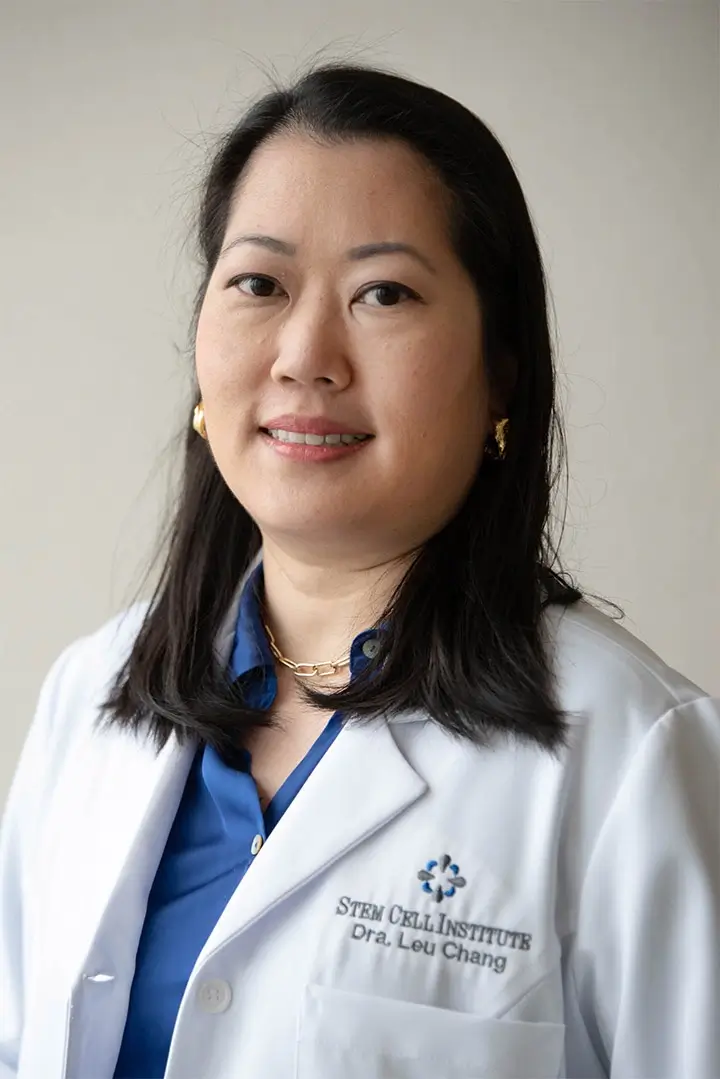Adult stem cells are consistently proving to offer a viable and efficacious therapy for a number of diseases and injuries, especially in the treatment of neurodegenerative diseases such as Alzheimer’s, Parkinson’s, and Huntington’s disease, among others. Now, researchers have visually observed, in real time, the regenerative power of adult stem cells in a new animal model of Huntington’s disease.
Led by Dr. Yoram Cohen of the School of Chemistry at Tel Aviv University (TAU) in Israel, scientists used mesenchymal stem cells (MSCs) derived from bone marrow to treat animals in whom the disease had been artificially induced. In a novel approach to the study, Dr. Cohen and his colleagues also utilized "in-vivo MRI" (magnetic resonance imaging) to track the progress of the MSCs in the brains of the animals. The cinematic result clearly demonstrated the natural ability of the MSCs to target damaged or unhealthy tissue and repair the degeneration.
As Dr. Cohen explains, "By monitoring the motion of these cells, you get information about how viable they are, and how they can benefit the tissue. We have been able to prove that these stem cells travel within the brain, and only travel where they are needed. They read the chemical signaling of the tissue, which indicates areas of stress. And then they go and try to repair the situation."
The in-vivo MRI was conducted at the Strauss Centre for Computational Neuro-Imaging, where Dr. Cohen and his colleagues were able to observe, in real time, the activity of the live, active MSCs, which had been labeled with magnetic iron oxide nanoparticles, thereby allowing the MSCs to be tracked throughout the brain.
As Dr. Cohen further explains, "Cells that go toward a certain position that needs to be rescued are the best indirect proof that they are live and viable. If they can migrate toward the target, they are alive and can read chemical signaling." Additionally, he adds, "Bone marrow-derived MSCs bypass ethical and production complications, and in the long run, the cells are less likely to be rejected because they come from the patients themselves. This means you don’t need immunosuppressant therapy."
In actuality, since MSCs are "immune privileged", "universal donor" cells, they do not pose any risk of immune rejection even when they are not derived from the same patient to whom the cells are administered. In other words, there is no risk of immune rejection even when MSCs are administered allogeneically (in which the donor and recipient are not the same person), therefore autologous (in which the donor and recipient are the same person) administration is unnecessary, as is immunosuppressant therapy even when the MSCs are administered allogeneically.
Nevertheless, the results of the study offer further concrete evidence for both the natural "homing" ability as well as the powerful regenerative capacities of MSCs, especially in the treatment of neurodegenerative diseases for which conventional medicine currently offers no known treatment or cure.

